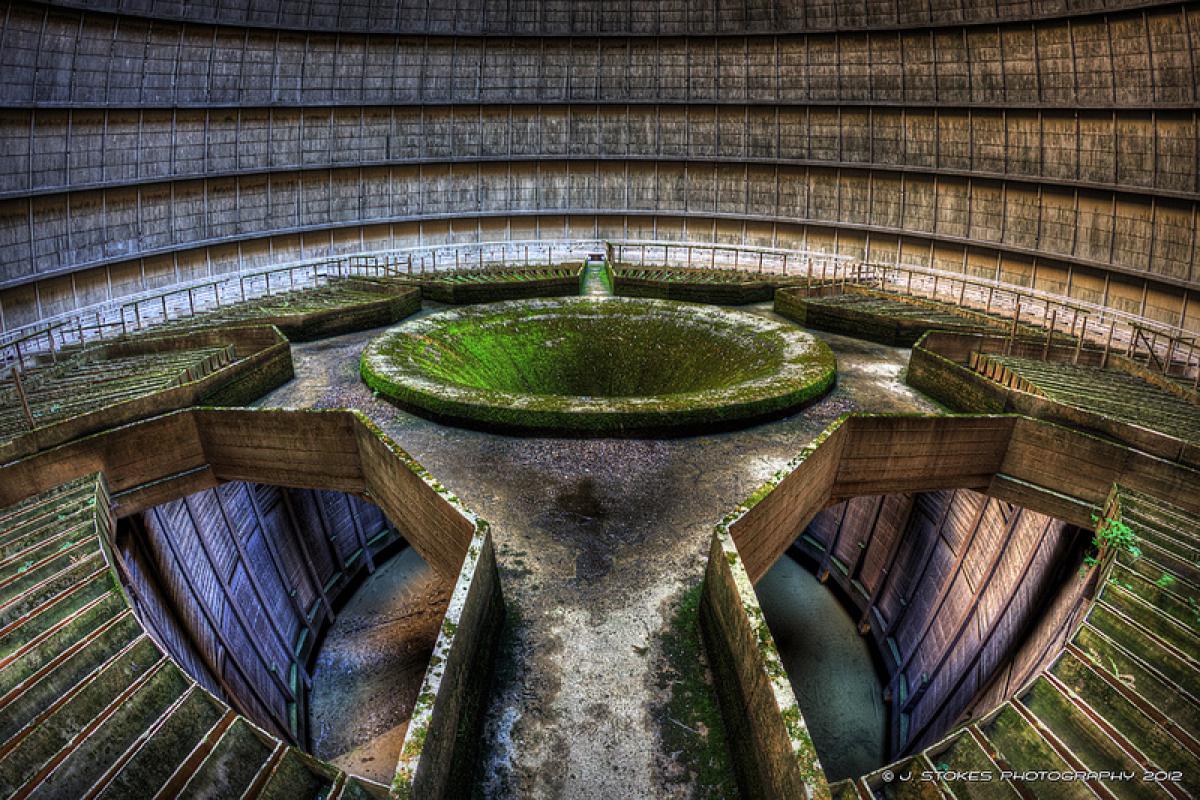
This was a power plant located in Belgium, Monceau to be precise and used to cool up to 480,000 gallons of water every minute in its glory days. The tower would cool incoming hot water with the use of wind that comes in through the opening at the bottom of the tower. The wind rises up to cool the hot water, making a warm air that subsequently leaves the tower.
The Michigan Central Station
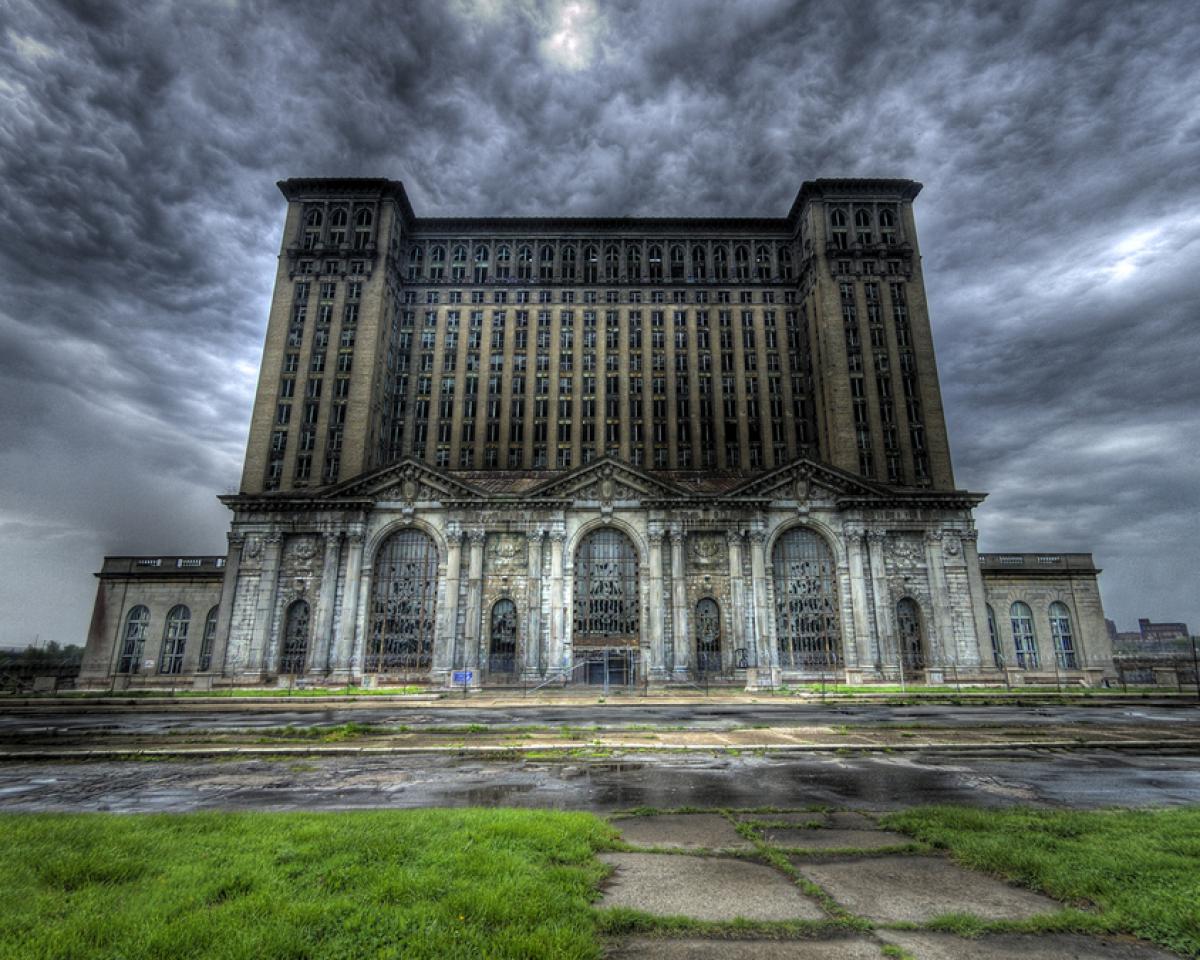
It is funny how such a location can ever be deserted considering its function. The early 1900s saw Detroit being a center for industrializations and many factory jobs existed here and this and some other factors led to the rapid expansion of the rail business. The company subsequently decided to build a larger depot in response to the increasing demand for transportation. This led to the purchase of 50 acres of property in the Corktown neighborhood of Detroit. With a composition of a 3-storey train depot and an 18-storey office tower, the building construction engulfed about $2.5 million at that time.
The station was a beauty to behold and everyone wanted to have a piece of it thanks to the beautiful construction and wonderful interior that was made of marble, brick and bronze. This is not in addition to the lighting systems that were second to none at that time.
All these quickly faded out as the government started the construction of highways and subsidized intercity airline traffic. This negatively affected the railroad industry and the decline was only a matter of years. Rail companies sold off the station and train had no choice than to abandon the station due to the cost involved in maintaining it. Train No. 353 was the last train to leave station on the 5th of January, 1988. Currently there is a battle between demolition of the station and restoring it.
Kolmanskop, Namibia
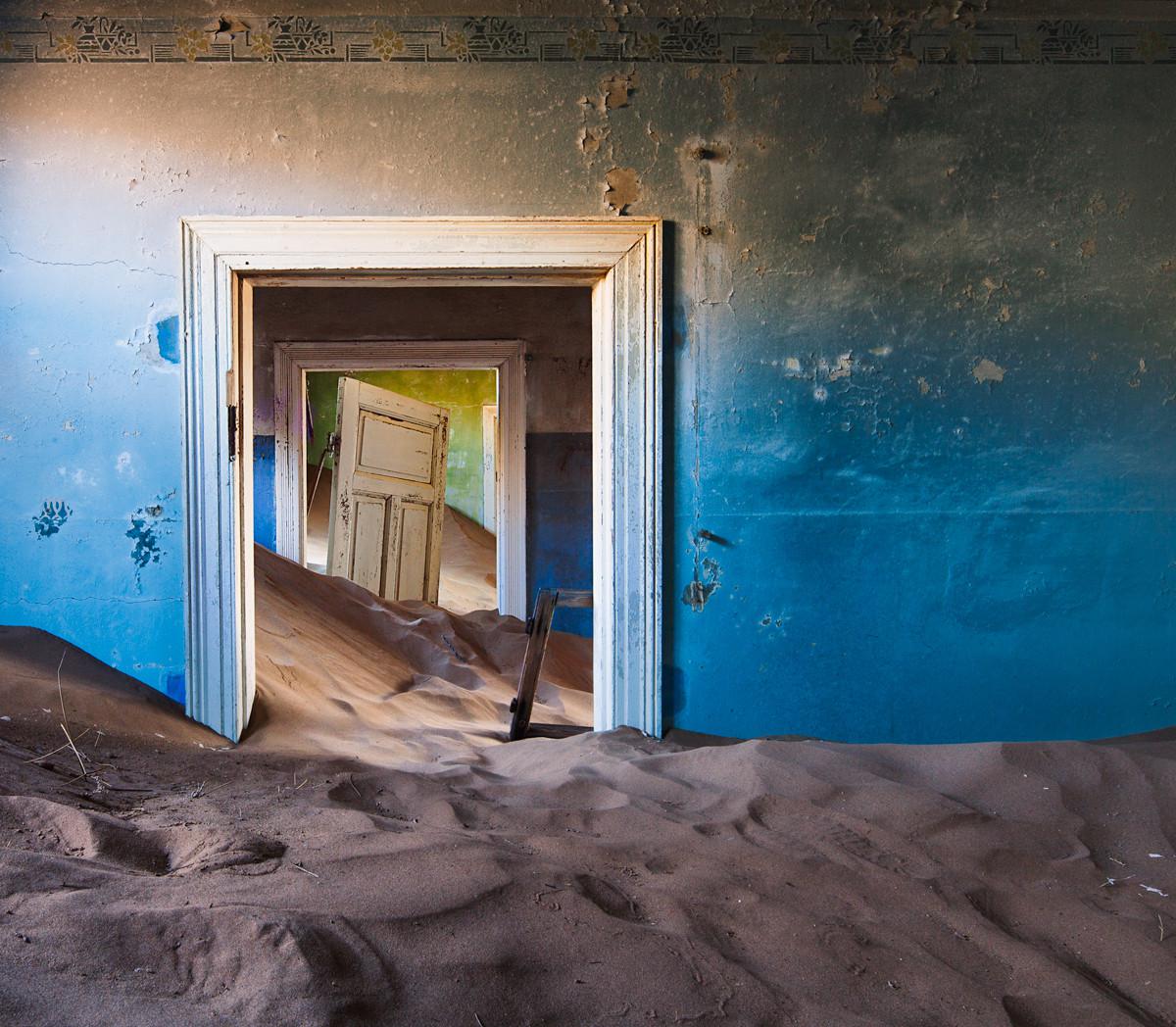
The Namibian ghost town of Kolmanskop in Sperrgebiet was built in the early 1900s during the burgeoning diamond trade era. It started with a railway worker spotting a diamond as he tried to shovel sand away from the tracks of the railroad. Zhacarias Lewala’s discovery quickly spread like wild fire and expectedly, Germans trooped into the area in search of the precious stones.
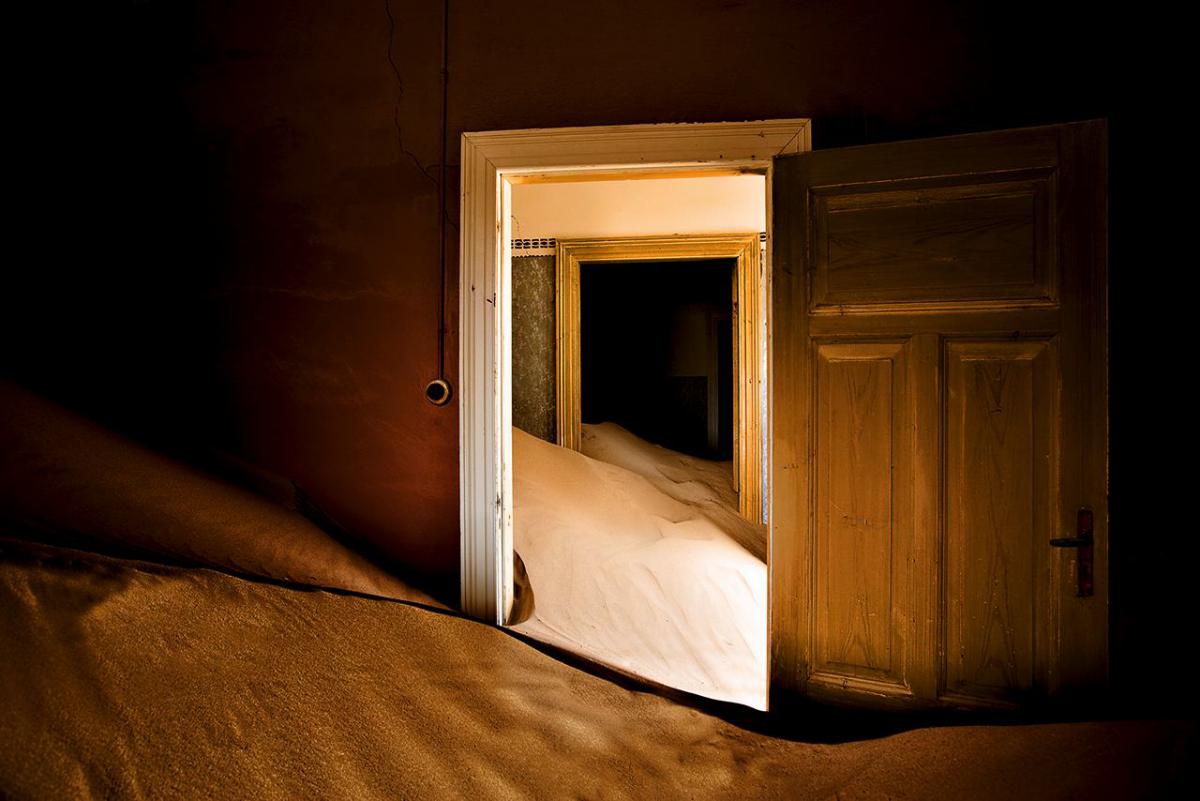
In no time, a bustling town was developed that had a hospital, school, ballroom, factory, and even a casino. The First World War had a negative effect on the town as it soon declined after the war especially as diamonds began to surface in other location farther south and operations quickly moved towards that direction. This was the beginning of the end of a once busy town. The De Beers mining company later restored a good number of the buildings in 1980 and turned the town into a tourist attraction.
Salto Hotel
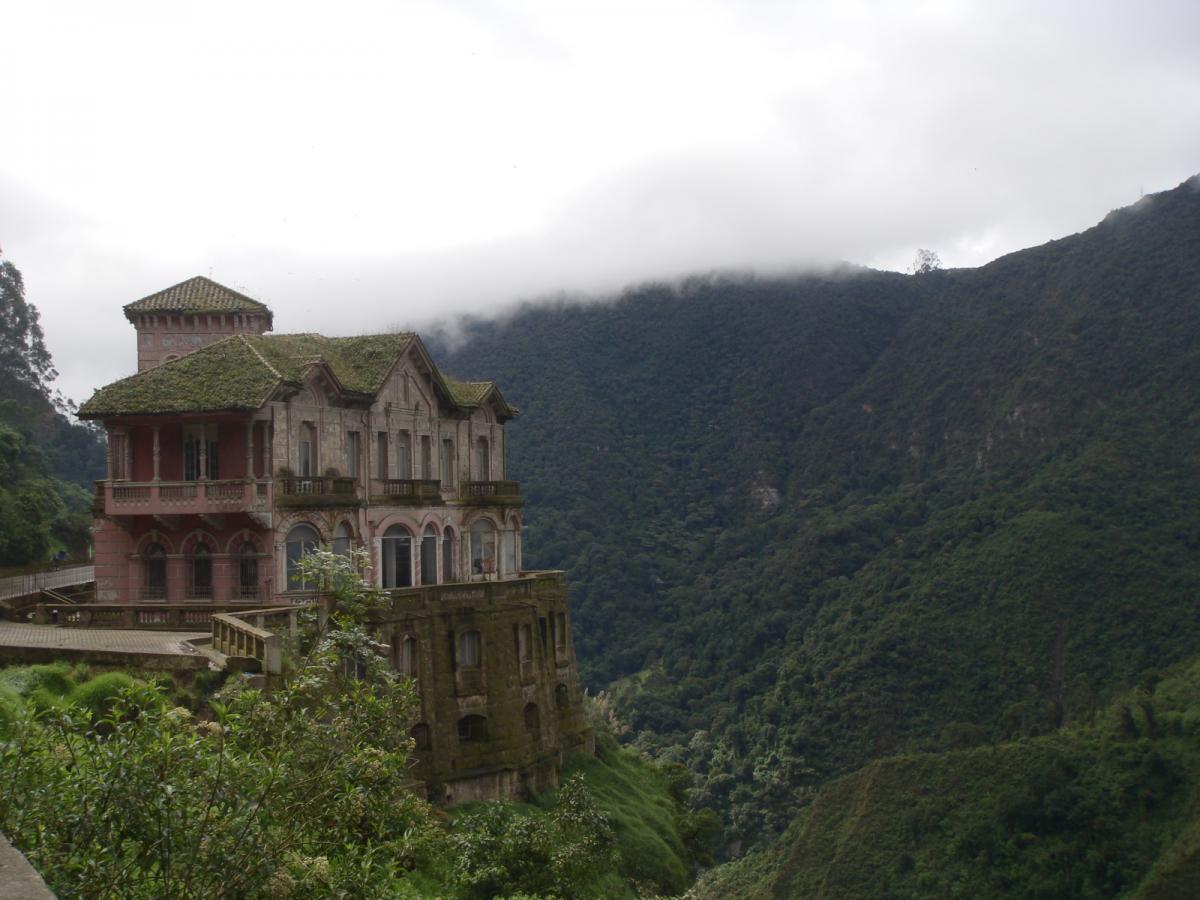
The early years of the hotel was fruit, successful and interesting as many tourists to the Bogota area of Colombia settling comfortably into the hotel. The hotel benefitted from being close to a 515-foot waterfall which was one of the main tourist attractions. When the Bogota River became contaminated few decades after the hotel was opened, the tourist industry drastically declined and this also led to the closure of the hotel in the 1990s as people no longer visited the main attraction. It was abandoned until 2012 when it renovated and turned into a museum.
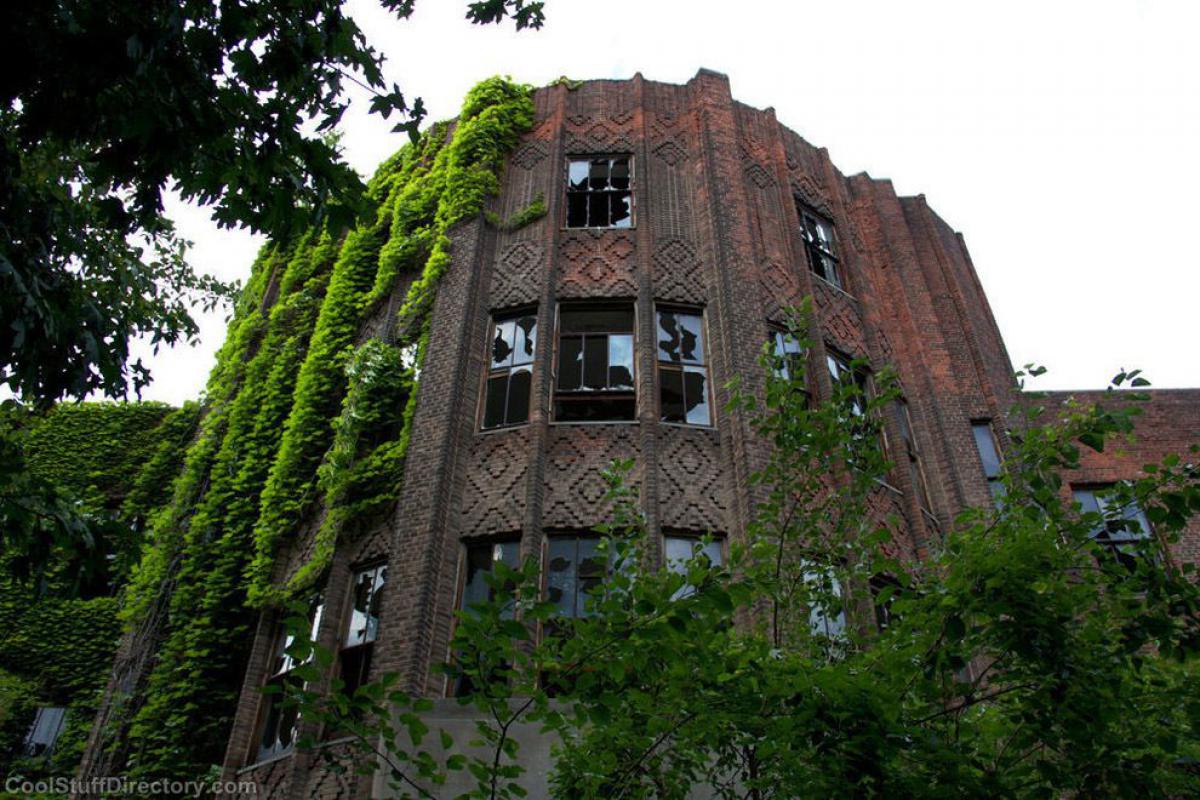
Some people believe that the hotel is haunted due to high incidence of suicides around the waterfall.
Underwater City, Shicheng, China
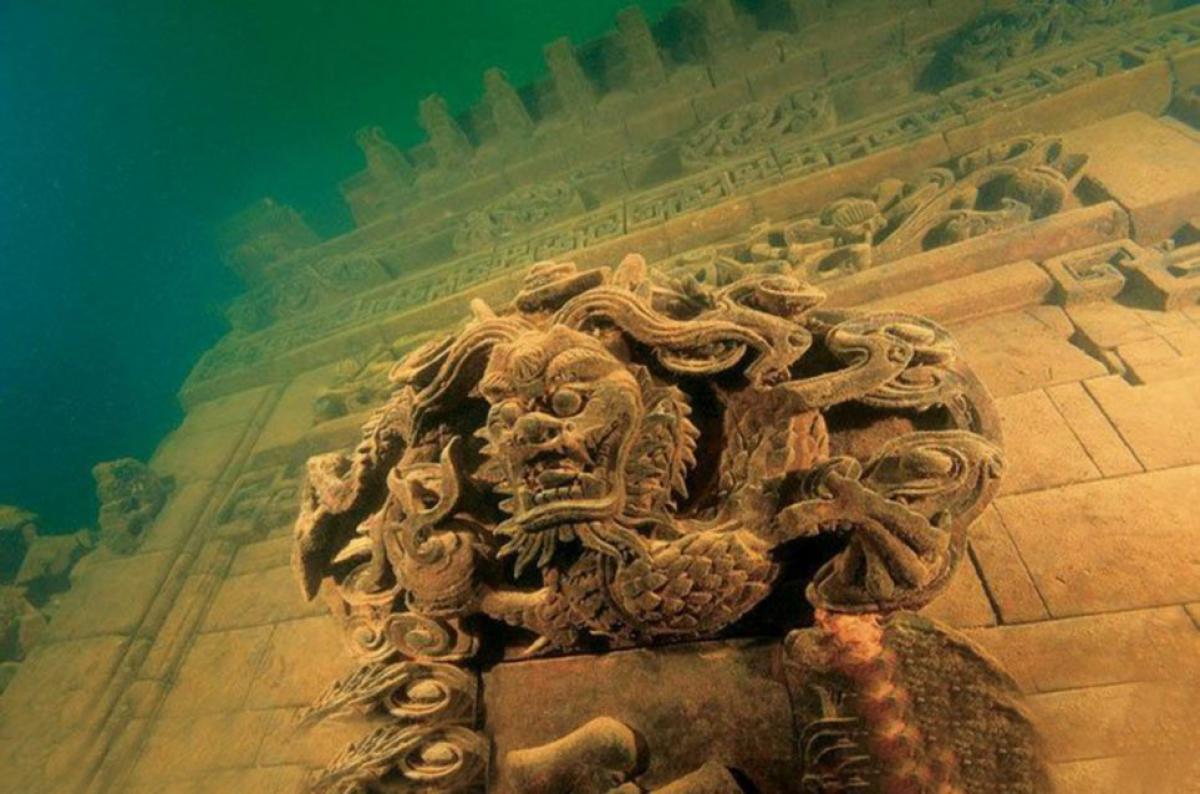
Shicheng City simply means Lion City. The city got submerged during the construction of the Xin’an River Hydropower Station in 1959. Now under the Qiandao Lake, it is in a stable condition free from the effect of the rain, sun, erosion, and wind. The 1400 years old city
is now referred to by archeologist as a time capsule of ancient China as it has been able to perfectly preserve the structures of the ancient city and China in some instances. Schicheng City used to be the nerve center of Sui’an County being the home of politics, culture and economics.
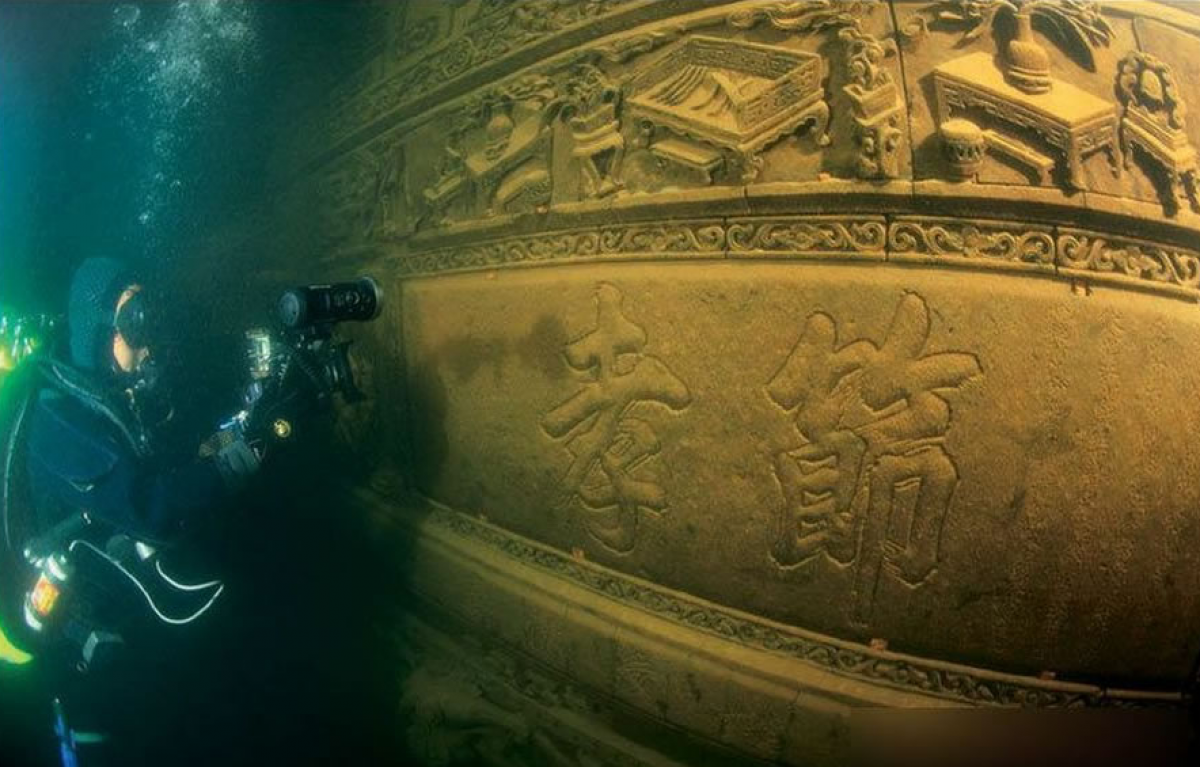
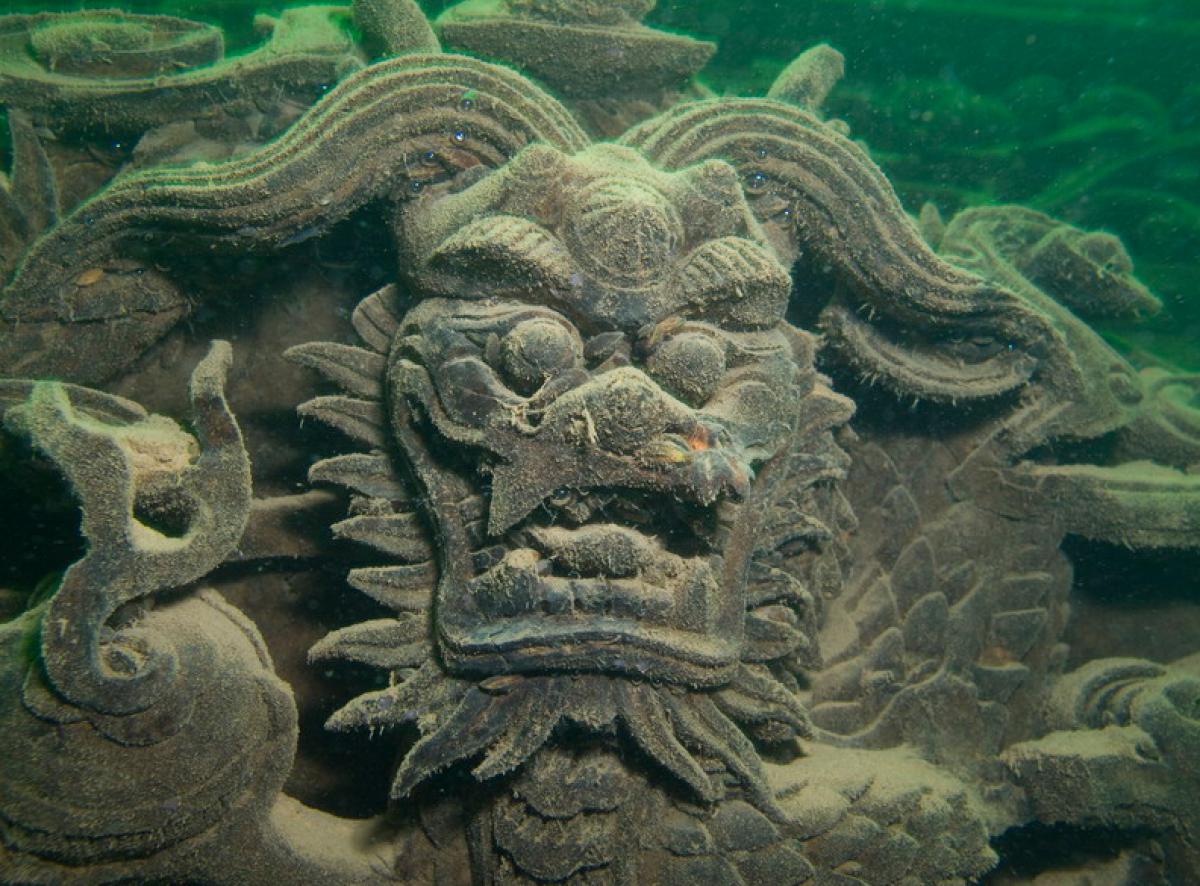
Craco, Italy
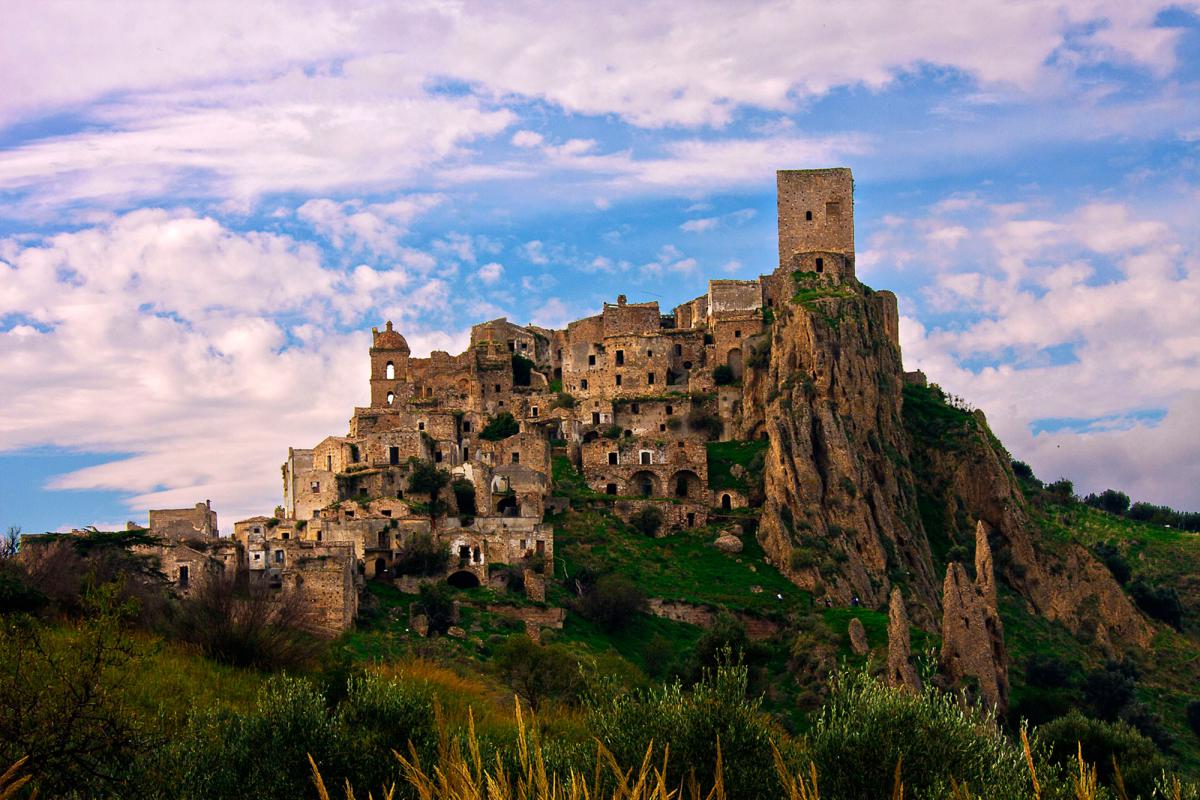
This is an abandoned medieval village in the Basilicata region of Italy. The town was a Greek settlement in 540 AD and they constructed a university, four large plazas, and a prison after the settled in. the town was also a major victim of several misfortunes ranging from plagues to earthquakes and poor agricultural conditions.
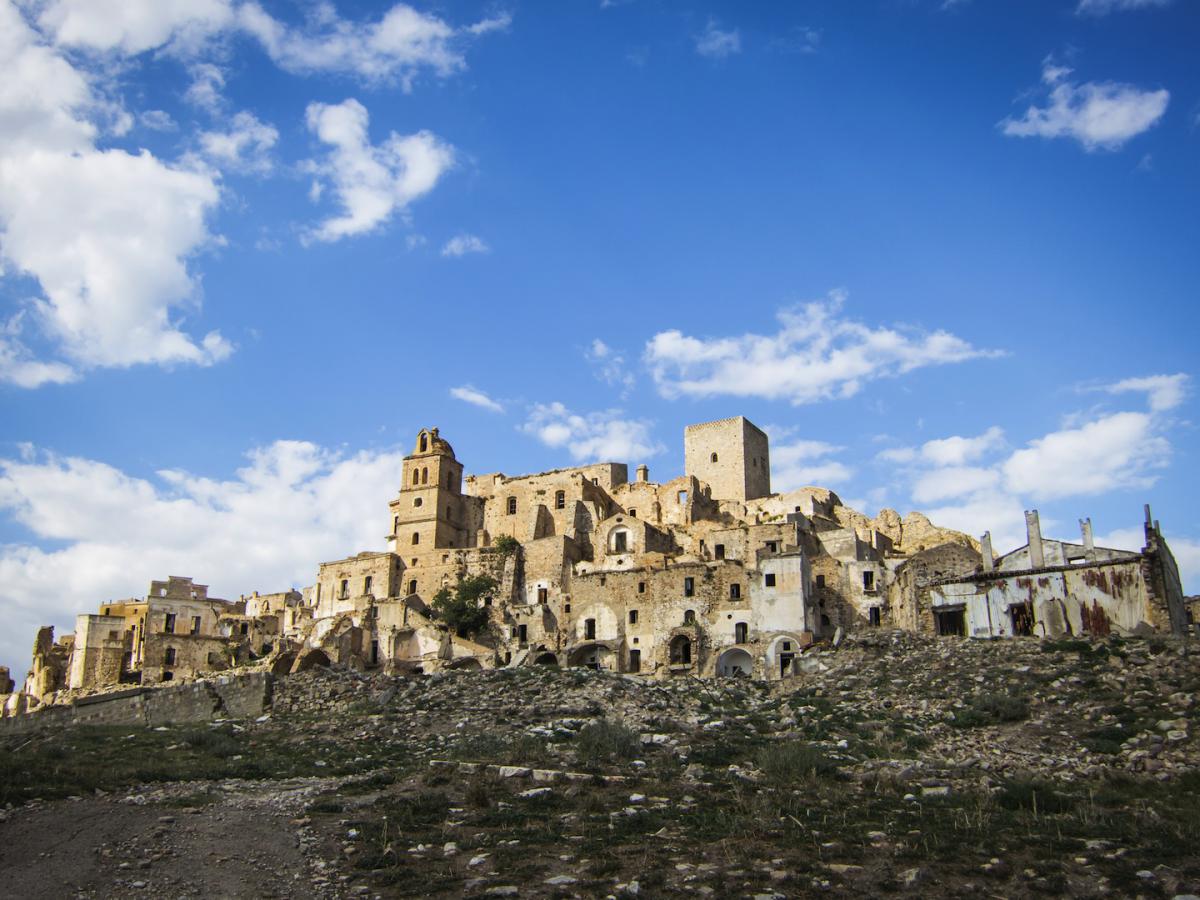
The region become to live in after catastrophic landslides caused severe damage to the town between 1959 and 1972. Citizens were subsequently transferred to other areas with the last portion leaving the area in 1963. Besides being the backdrop of some movies like King David, The Passion of the Christ, and James Bond’s Quantum of Solace, the town is currently empty.
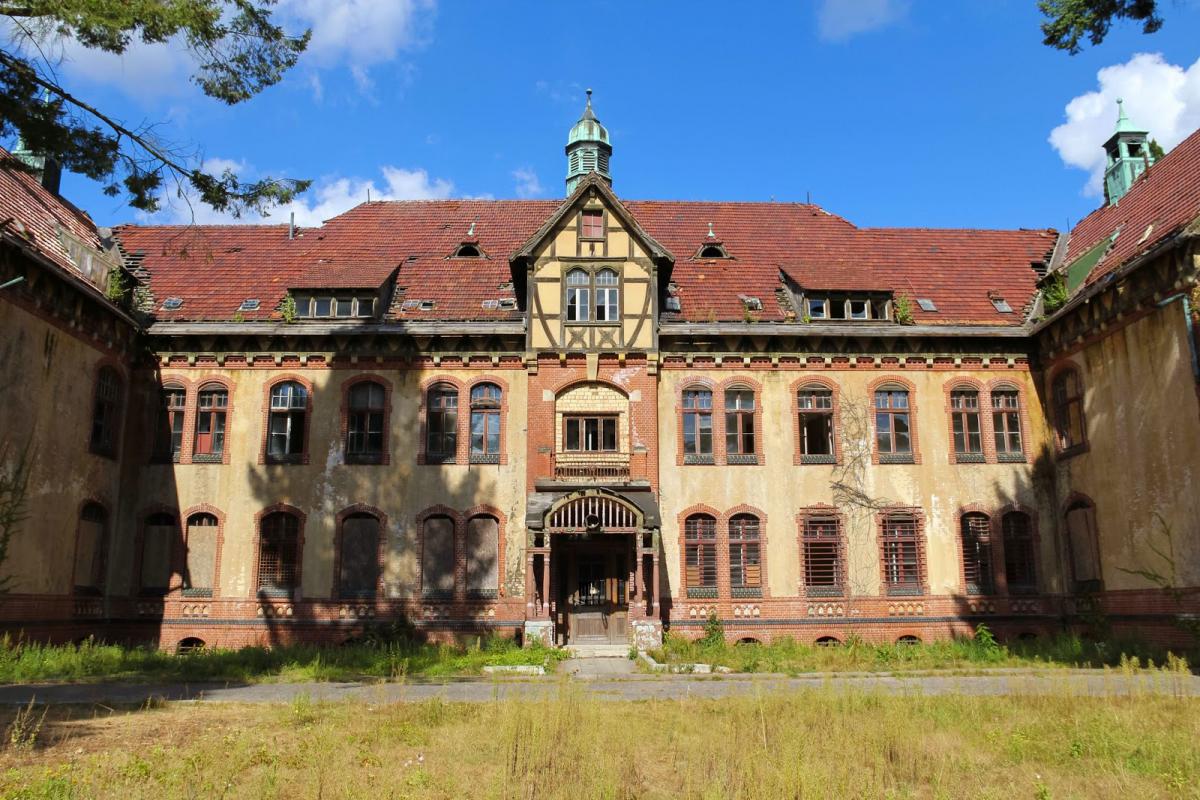
This sanatorium has a pretty weird past after it was constructed in 1898 by the German National Insurance Institute for the housing of patients of tuberculosis; it hosted the man himself, Adolf Hitler when he was recuperating from injuries sustained during the 1916 Battle of the Somme during the First World War. It was expanded rapidly in the twenties to house thousands of patients and a number of facilities constructed in it. They included a bakery, butcher’s shop, beer garden, and restaurant. It was also a significant facility during the Second World War as the German military found a home in it. It was controlled by the Soviets after the war as they took control of it using it as a station to treat their injured soldiers that were posted to that area. They Soviets withdrew in 1994 and the structure has remained abandoned since then.
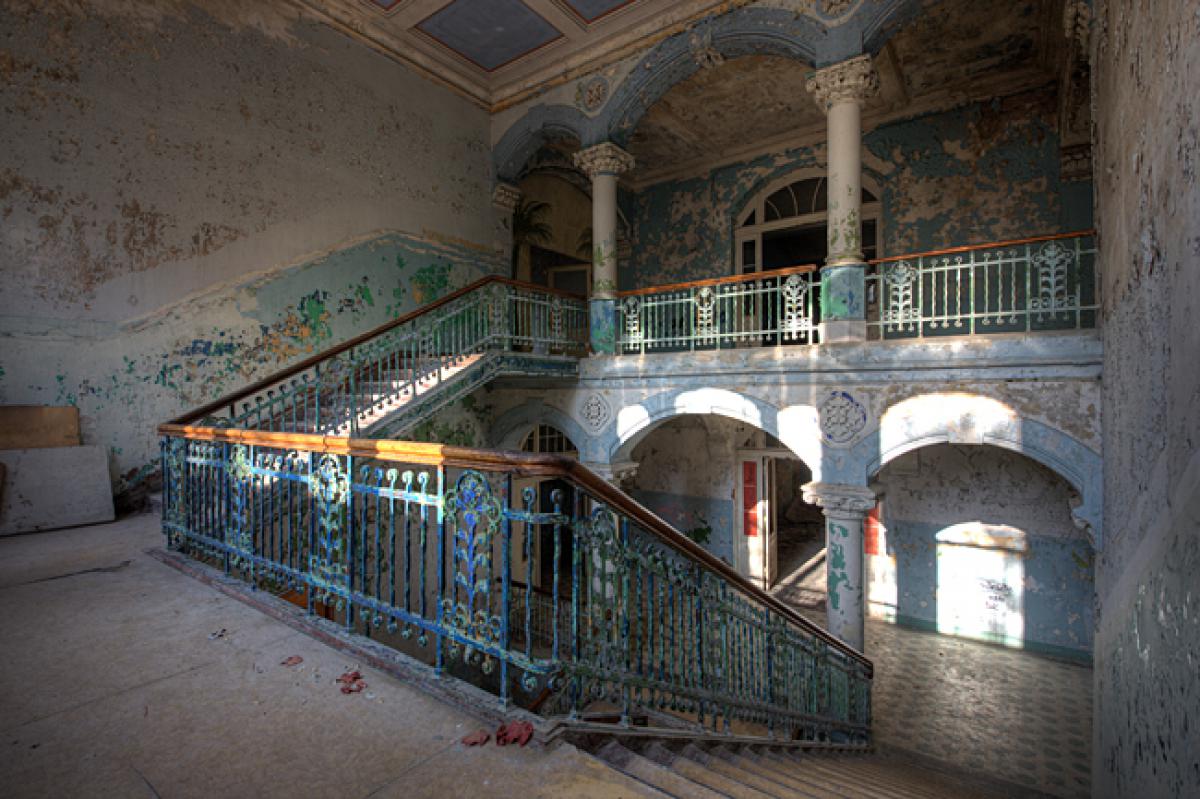
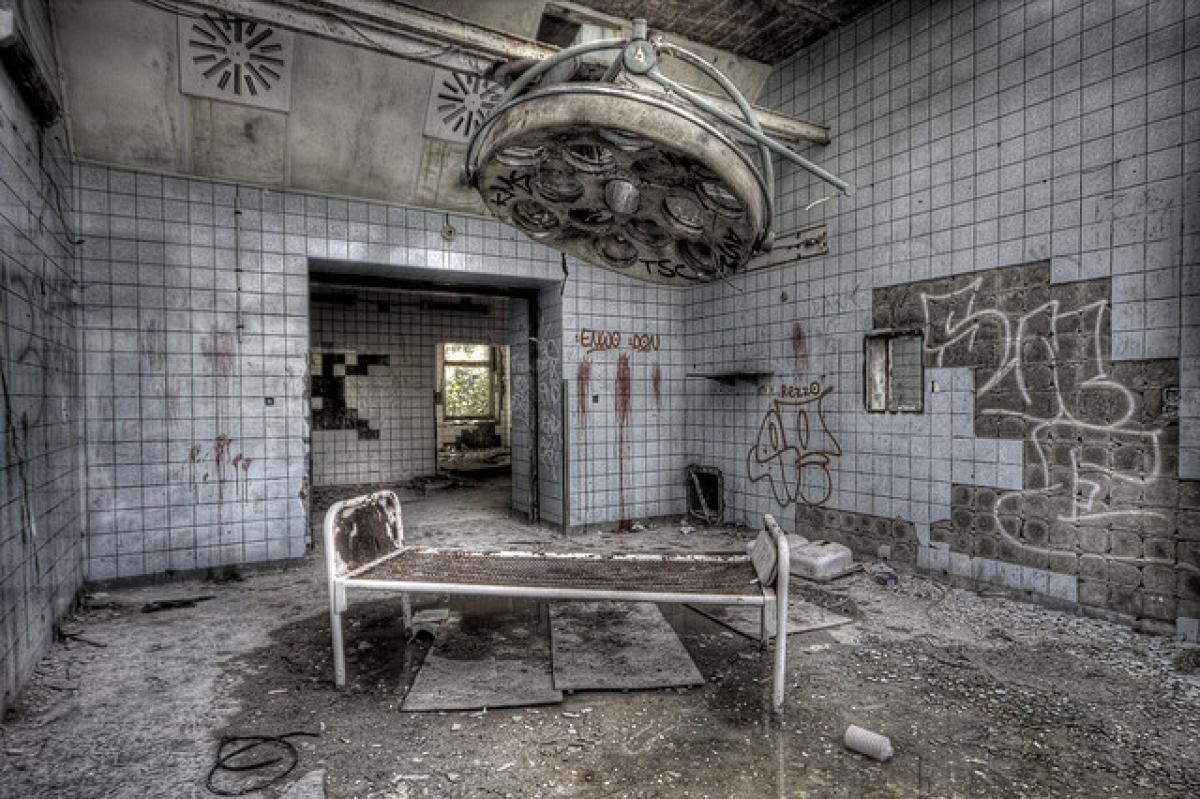
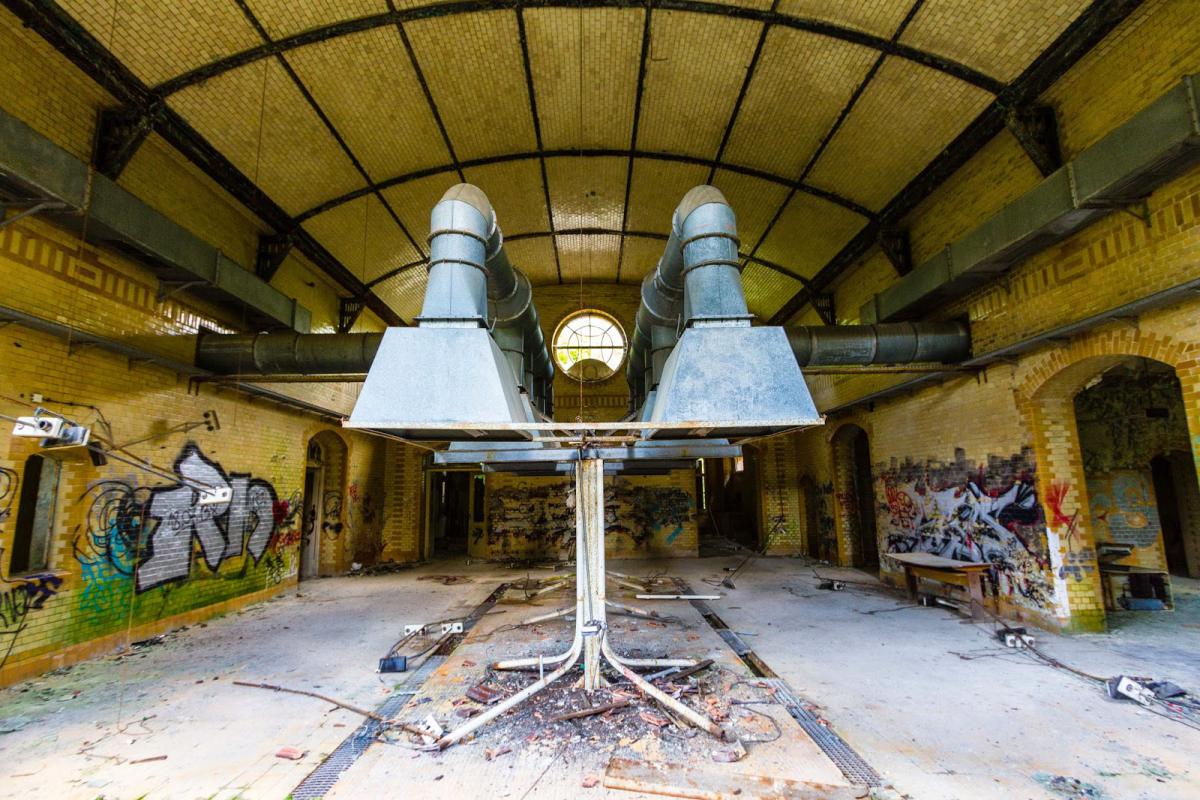
San-Zhi, Taiwan
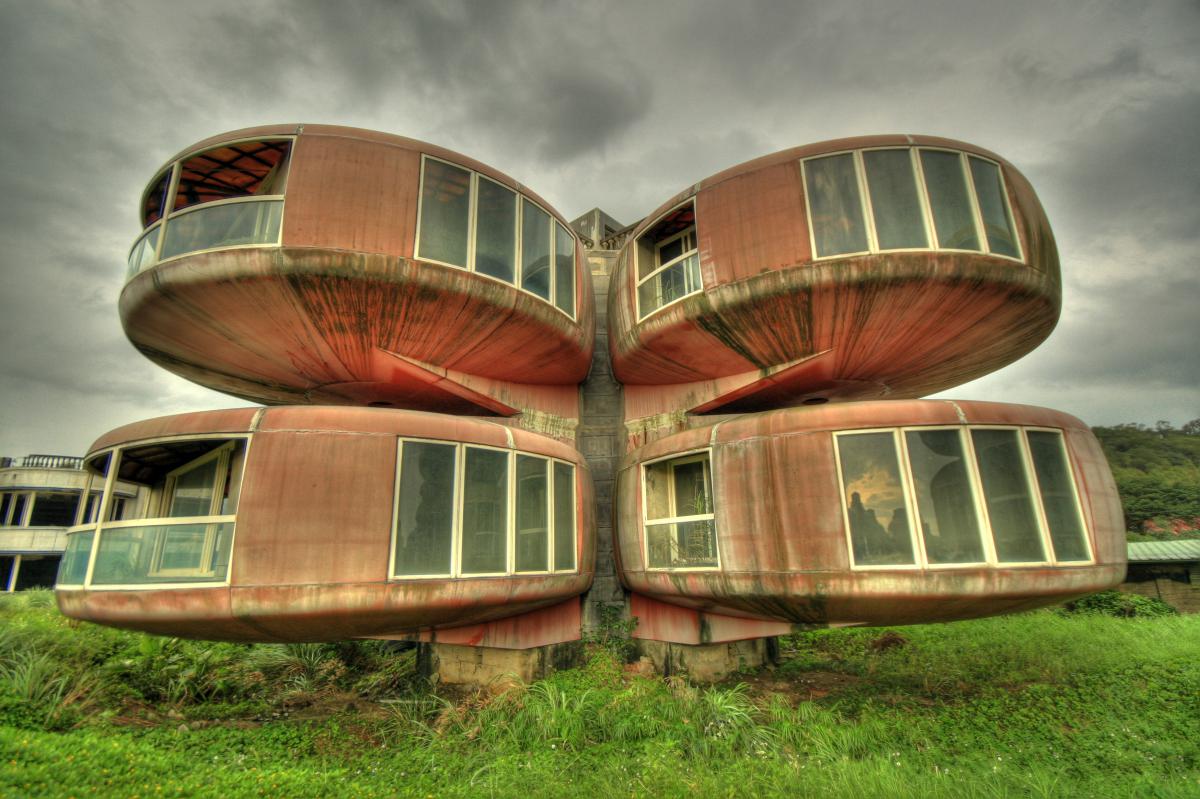
In 1978, the government of Taiwan supported the construction of a project that involved building futuristic pods for the elite and rich to use as summer villas by subsidizing the project. The project quickly collapsed due to the disappearance of the investment capital and the company involved subsequently went bankrupt. The project majorly failed due to superstitious beliefs of the locals after an increasing number of fatal accidents made believe the land was cursed leaving the construction company with no choice than to destroy its records regarding the project.
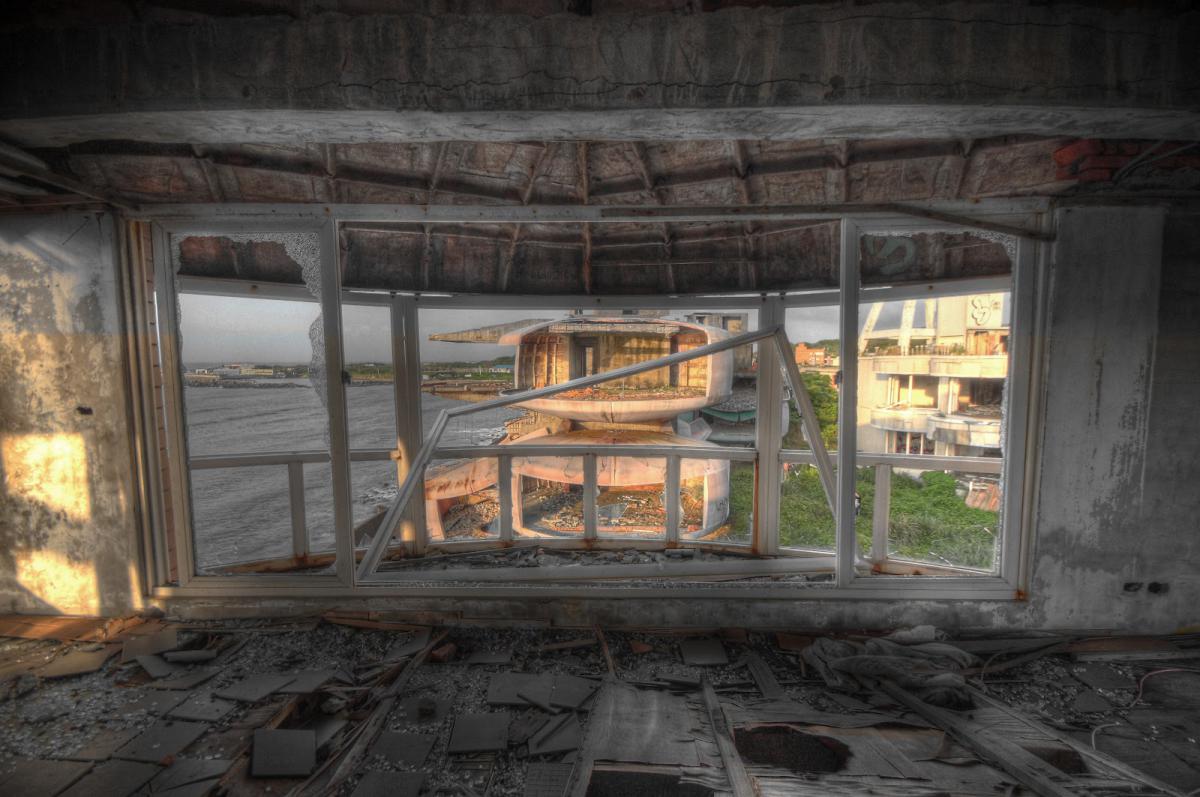
Of course, the government withdrew its support and this was another factor that led to the failure of the project.
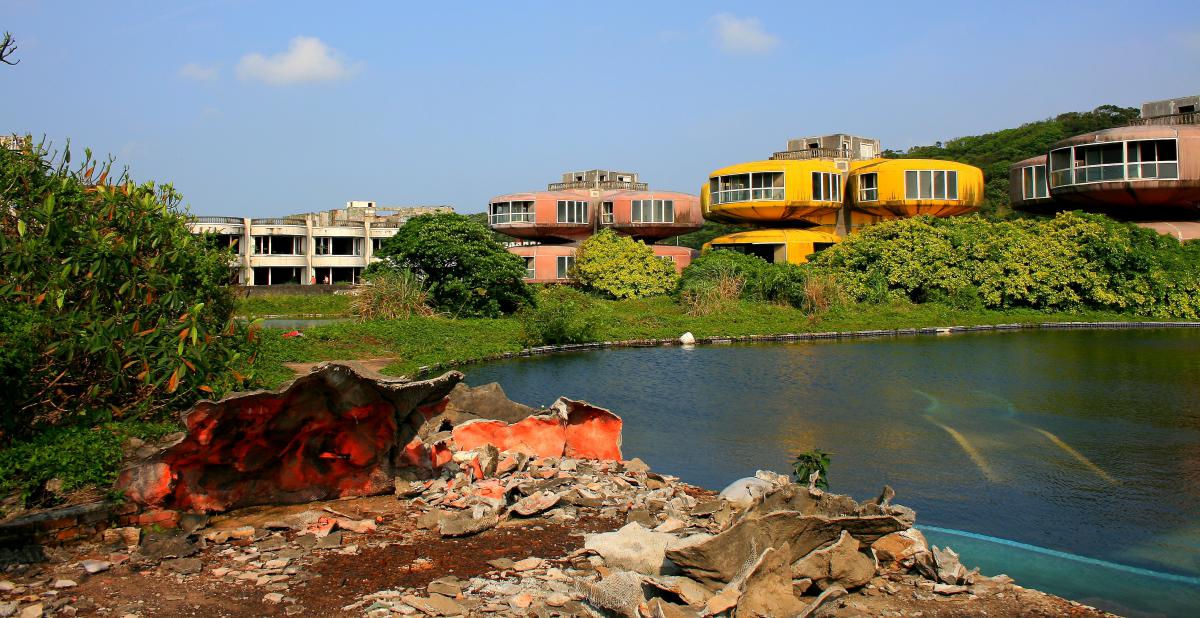
1984 Winter Olympics Bobsleigh Track, Sarajevo
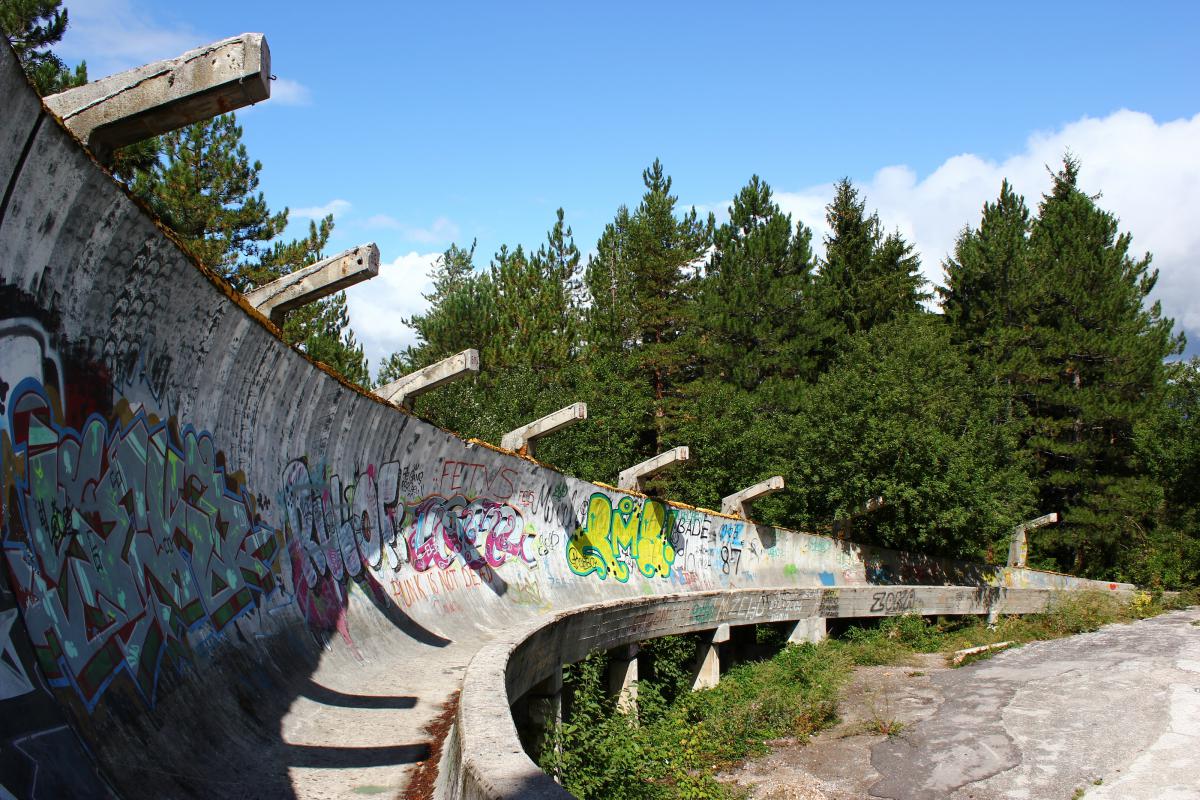
The city of Sarajevo hosted the Winter Olympics in 1984 after it was chosen to host the event in 1977. The construction of the Bobsleigh and luge track was completed in 1982 and was used during the Winter Olympic event with a total of 30,000 bobleigh spectators and 20,000 luge spectators. The track was also used by world cup competitors after the completion of the Winter Olympics in 1984.
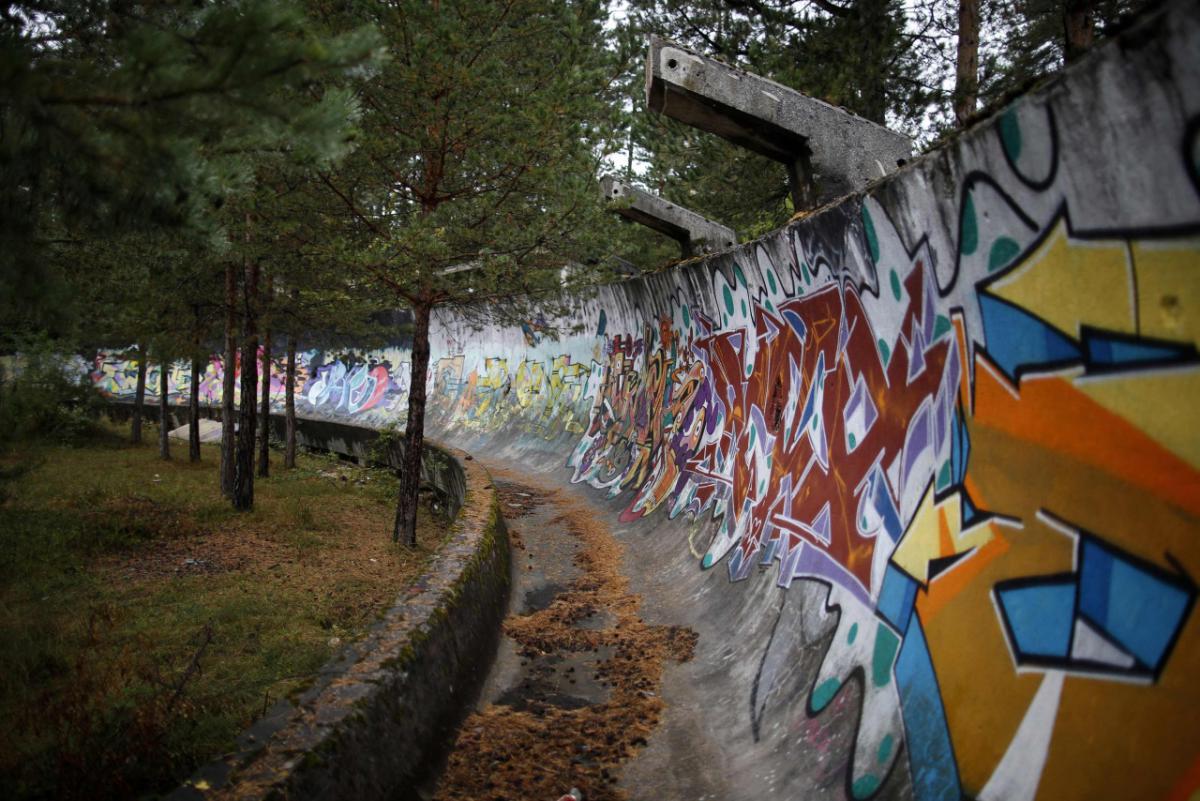
The Yugoslav wars in 1991 devastated the region and the Sarajevo Siege resulted in the damage of the track as Bosnian Serb forces used it for artillery position. The tracks have presently been thrown into despair with graffiti seen all over it.
Angkor Wat, Cambodia

Angkor was found between the 9th and 13th centuries as the powerful capital of the Khmer Empire. In 1431, the Thai armies gained controlled of the city leading to the fleeing of citizens of this place.
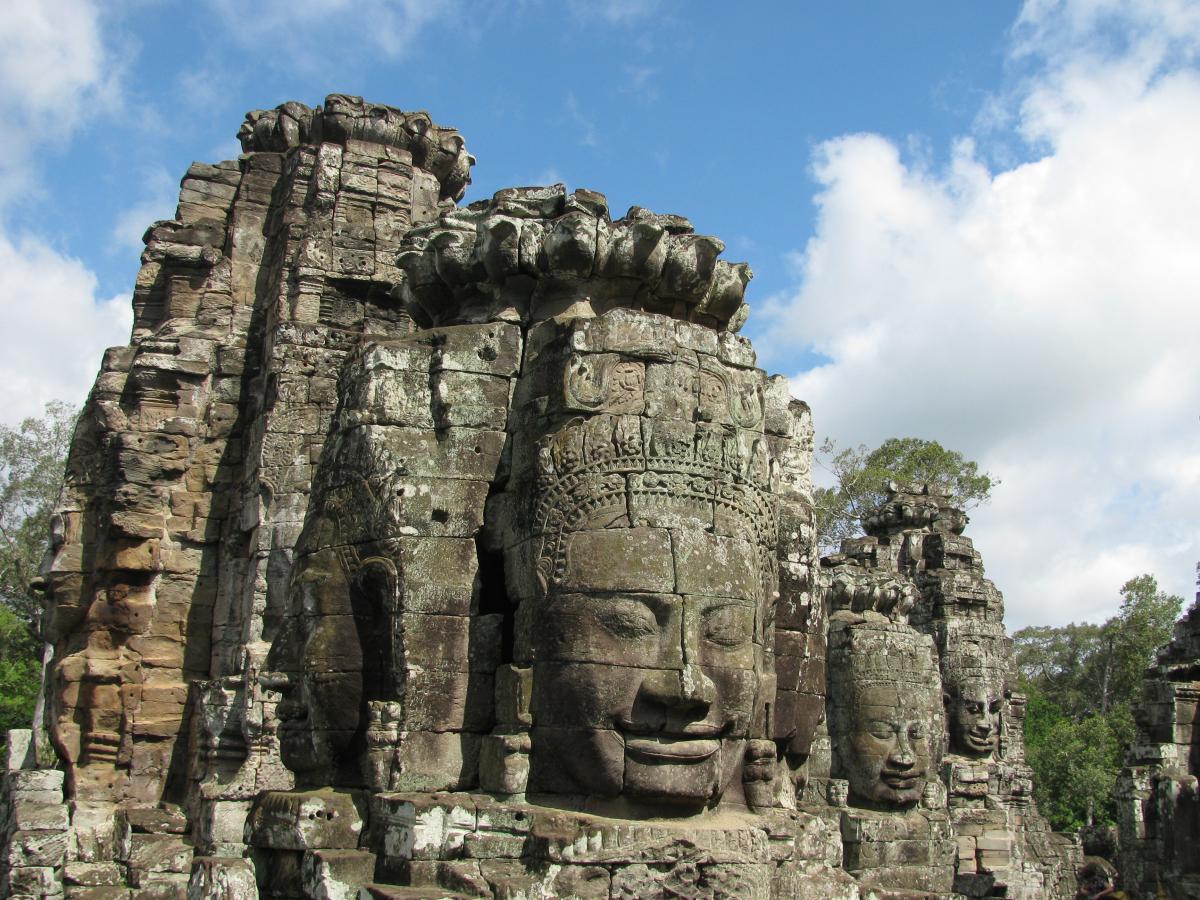
Angkor Wat was the monastery of the city built by King Suryavarman II in honor of the Hindu gods. The Hindu decorations of the temple were replaced by Buddhist carvings due to the prevalence of Buddhism in the area surrounding the temple, transforming Angkor Wat to a Buddhist shrine.
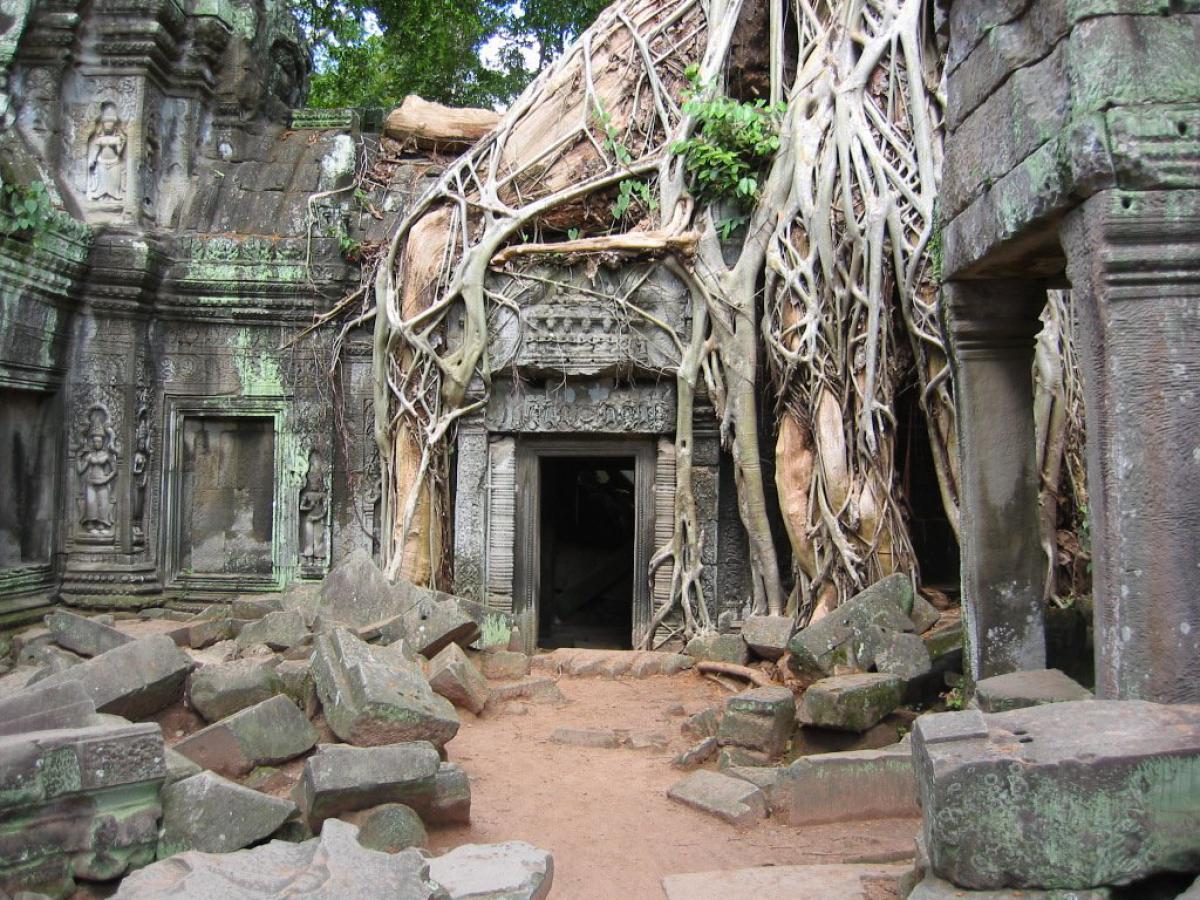
Since its abandonment in 1431 to the eighties, the Buddhist monks continued to preserve Angkor.
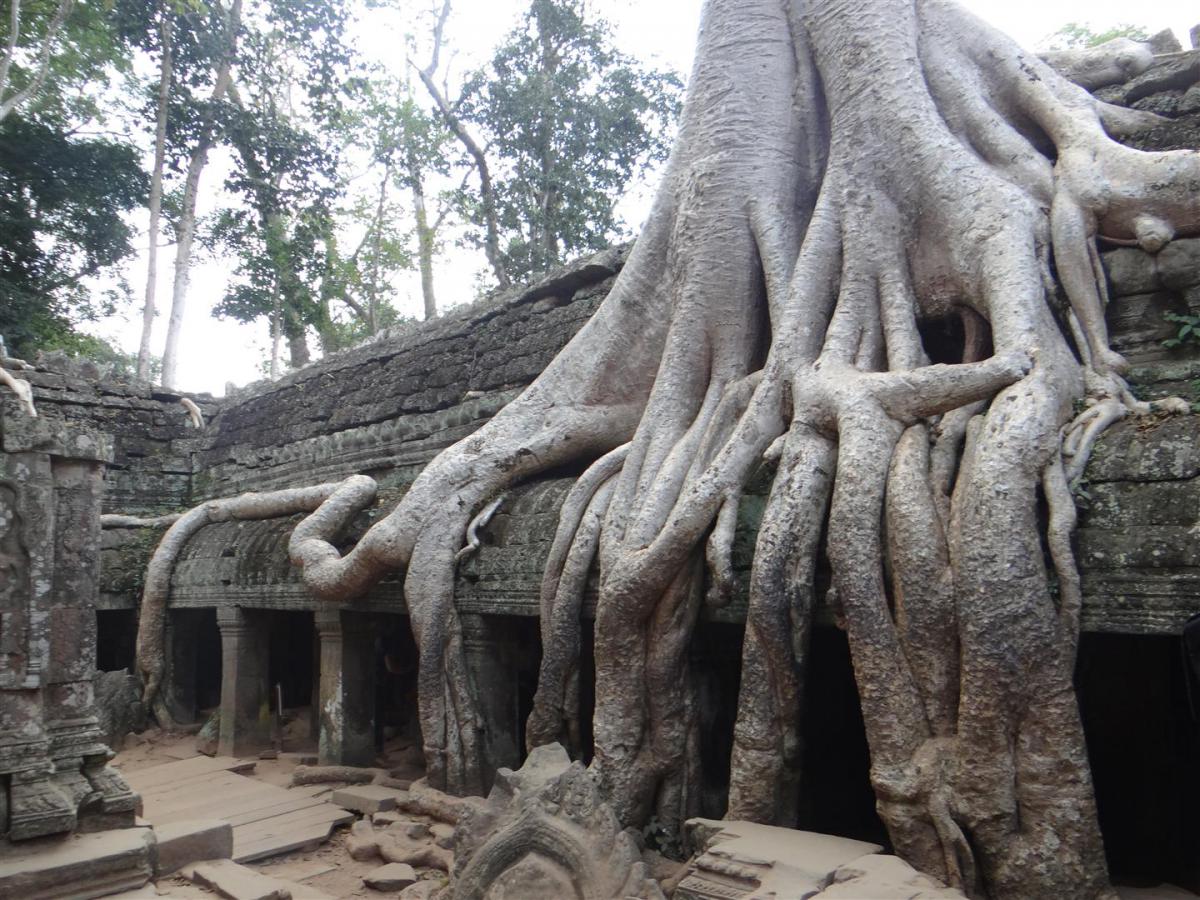
It is currently a very important pilgrimage site in Southeast Asia.
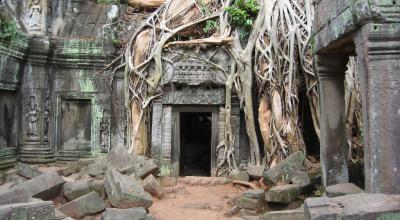
Leave a Reply